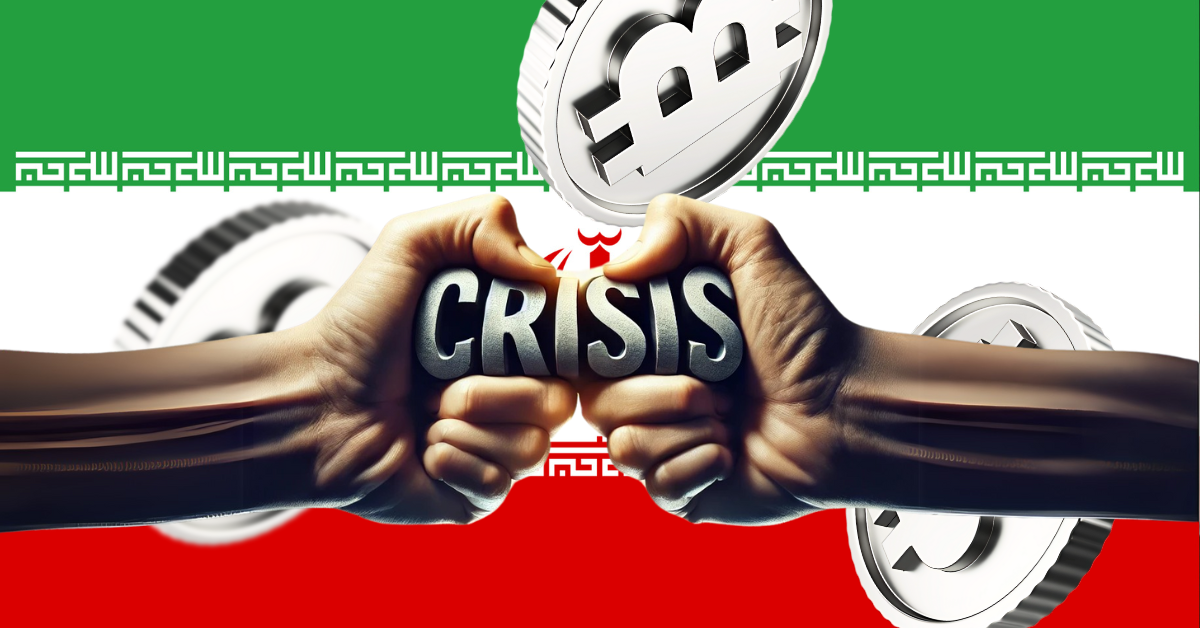
Iran blocks rial payments for crypto, affecting 10 million users amid economic crisis.
Central Bank of Iran takes full control, tightening regulations on crypto trading.
Authorities crack down on USDT, imposing a 4% daily price fluctuation limit.
Iran is tightening its grip on cryptocurrencies as it battles soaring inflation and a weakening national currency. The latest restrictions have left millions of Iranian crypto users struggling, while also adding pressure to a global crypto market that has already lost $500 billion in value over the past week.
So, why is Iran cracking down now? And what does this mean for crypto users in the country? Here’s a closer look at the latest regulations and their impact.
Iran Bans Rial-Based Crypto Transactions
Last month, the Central Bank of Iran (CBI) suddenly banned all cryptocurrency exchanges from processing transactions in the local currency, the rial. This move affected over 10 million crypto users, blocking them from buying Bitcoin and other digital assets with their national currency.
Officials introduced the measure to slow the rial’s decline, worried that people were converting their money into crypto and foreign assets to protect their savings from economic instability.
Crypto as a Safe Haven
With inflation above 40% for years and international sanctions cutting Iran off from the global financial system, many Iranians have turned to crypto as an alternative. The country’s crypto market has grown rapidly, with young investors hoping to profit from digital assets.
However, the government’s recent actions suggest a push for stricter control. President Masoud Pezeshkian recently confirmed that the CBI is now the sole authority overseeing the country’s crypto market.
New Restrictions on Crypto Exchanges
Beyond banning rial payments for crypto, the CBI has imposed new conditions on exchanges. Smaller platforms now have to prove their reserves and provide regulators with real-time access to user data.
The central bank is also planning a major change for Tether (USDT), the popular dollar-backed stablecoin. It wants to introduce a 4% cap on daily price fluctuations. If USDT’s price rises beyond this limit, Iranian traders would be temporarily blocked from buying it.
Rial Hits Record Low as Government Takes Action
These restrictions come as the Iranian rial continues to weaken, recently falling to a record low of 940,000 per U.S. dollar. To stabilize the currency, authorities are injecting foreign reserves into the market and cracking down on illegal currency trading in Tehran.
While crypto has been a financial lifeline for many Iranians, the new regulations could make it harder for them to access digital assets freely. This adds another layer of uncertainty for citizens already struggling with economic challenges.
Never Miss a Beat in the Crypto World!
Stay ahead with breaking news, expert analysis, and real-time updates on the latest trends in Bitcoin, altcoins, DeFi, NFTs, and more.
These new measures may slow the rial’s decline, but at what cost to Iran’s growing crypto community?








